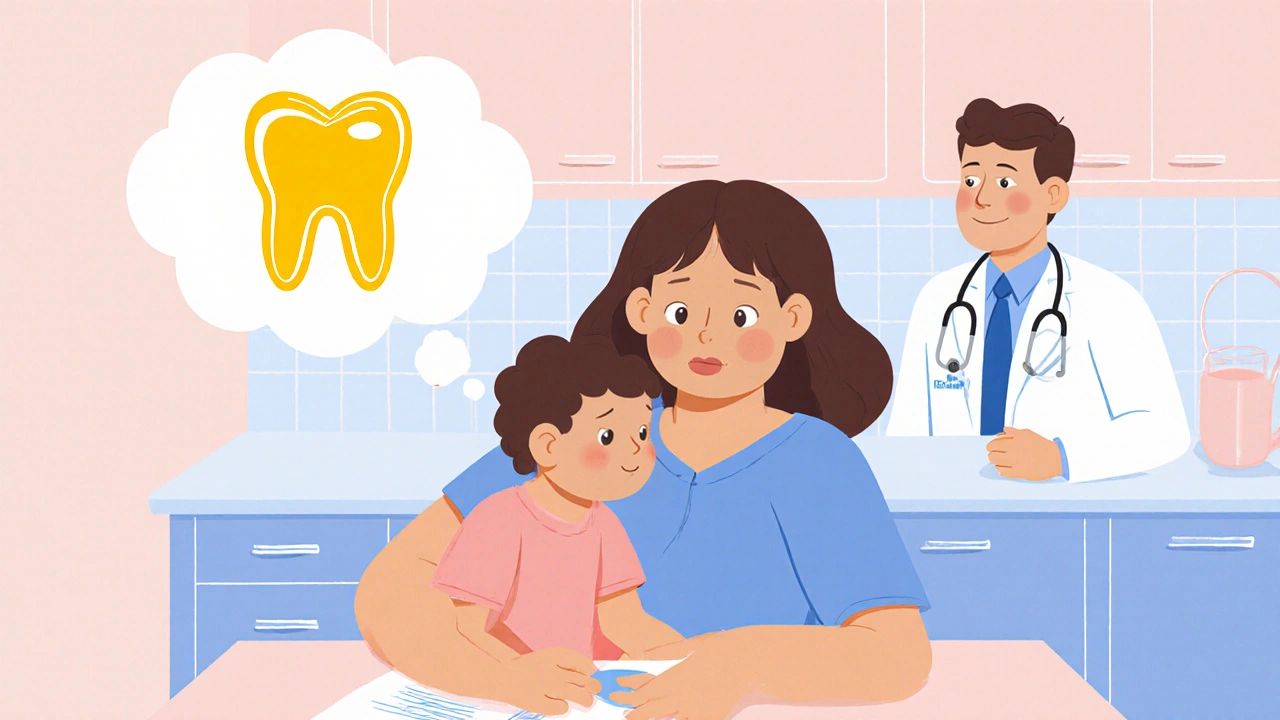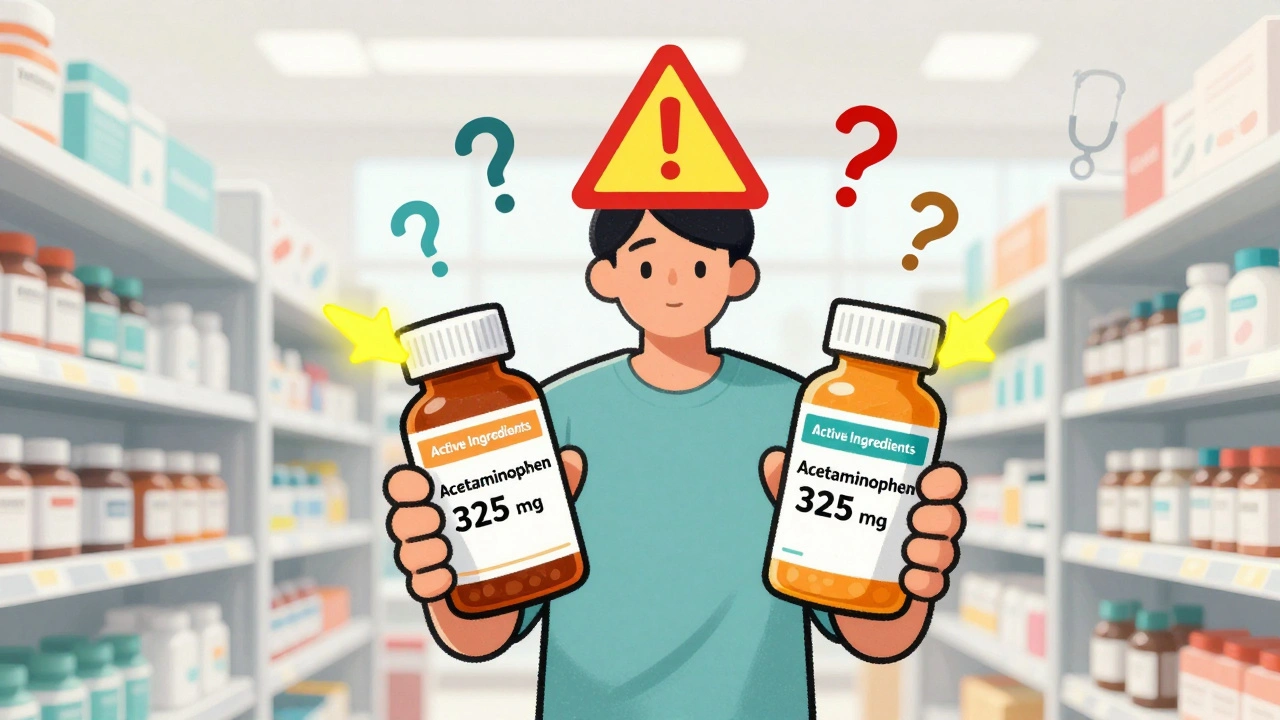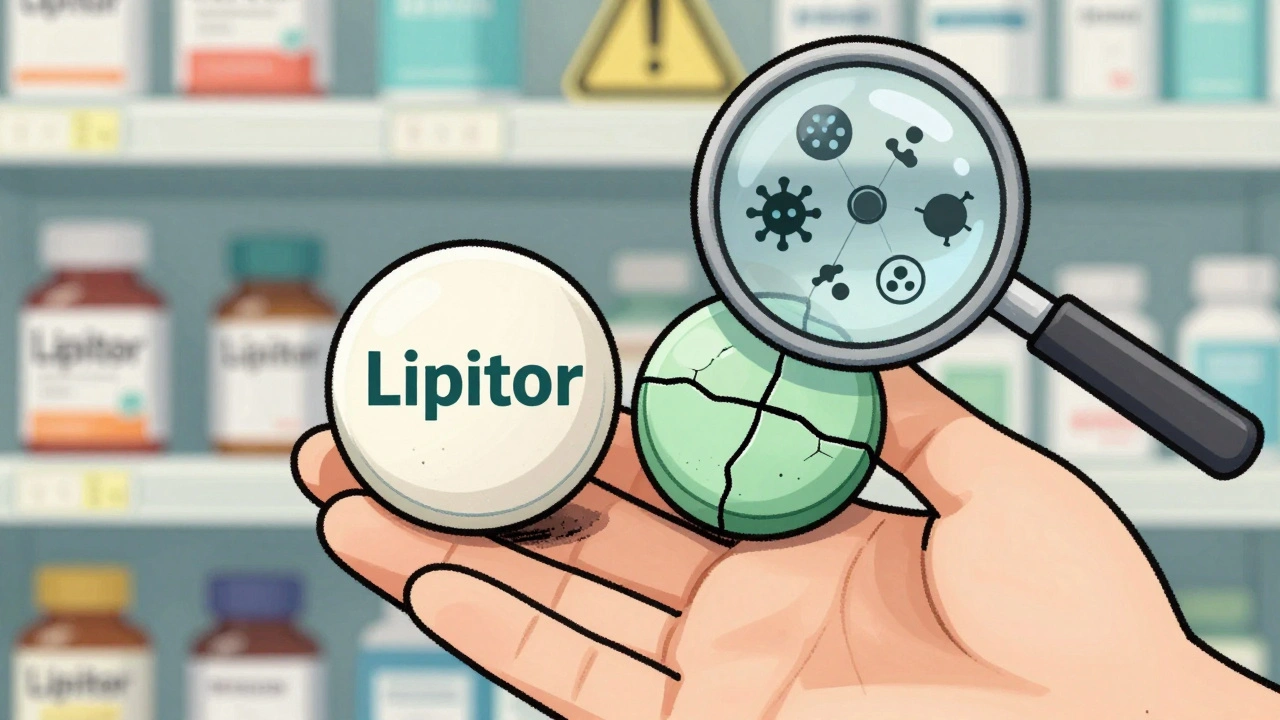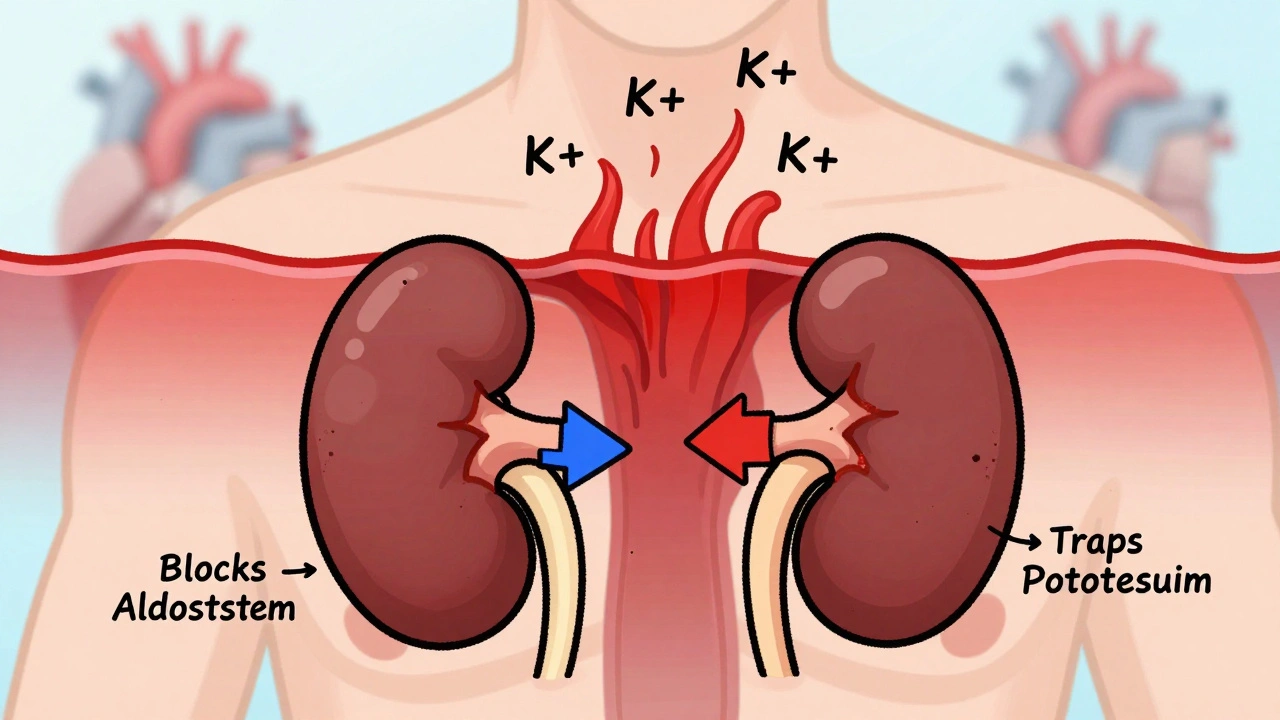Tetracycline Tooth Discoloration
When dealing with tetracycline tooth discoloration, the darkening of teeth caused by the antibiotic tetracycline binding to developing enamel. Also known as tetracycline staining, it usually appears as yellow, brown or gray bands on permanent teeth. The condition tetracycline tooth discoloration encompasses intrinsic staining, which differs from surface stains because it originates deep inside the tooth structure. It requires special dental care such as microabrasion or internal bleaching to lighten the color. Tetracycline, a broad‑spectrum antibiotic often prescribed for acne, respiratory infections and Lyme disease is the trigger; when taken during tooth development (in utero or early childhood), the drug chelates calcium and becomes part of the forming dentin and enamel. Dental enamel, the hard, outer layer of the tooth that protects dentin and pulp can trap the drug molecules, leading to permanent color changes that persist even after the medication stops. This relationship influences how dentists assess risk and decide on early intervention.
How It Happens and Who’s at Risk
The chemistry behind the stain is simple: tetracycline has a natural affinity for calcium ions, and teeth are a calcium‑rich environment. When a child is exposed to the drug during the first eight years of life, the antibiotic integrates into the crystal lattice of enamel. This creates a pattern of intrinsic staining, color that is embedded within the tooth rather than on its surface. The severity depends on dosage, duration, and the age at exposure. Pregnant women who take tetracycline can also pass the drug to the fetus, resulting in discoloration of baby teeth that erupt years later. Parents often ask whether good oral hygiene can prevent the stain; the answer is no, because brushing only removes surface plaque, not the drug locked inside the enamel.
Knowing the cause helps you choose the right fix. For mild yellowing, professional polishing combined with at‑home whitening trays may bring back a brighter shade. More pronounced brown or gray bands often need internal bleaching, where a bleaching agent is placed inside the tooth after a small opening is made. In extreme cases, dentists might recommend veneers or crowns to mask the discoloration completely. Prevention is the cheapest strategy: avoid prescribing tetracycline to children under eight and to pregnant women, and opt for alternative antibiotics when possible. The articles below walk you through the science, the dental options, and real‑world tips for coping with tetracycline‑related stains, so you can decide which route fits your situation best.

Tetracyclines, Tooth Discoloration & Pediatric Safety: What Parents Need to Know
A clear guide on tetracycline antibiotics, tooth discoloration risk, and the updated pediatric safety guidance for doxycycline use.





